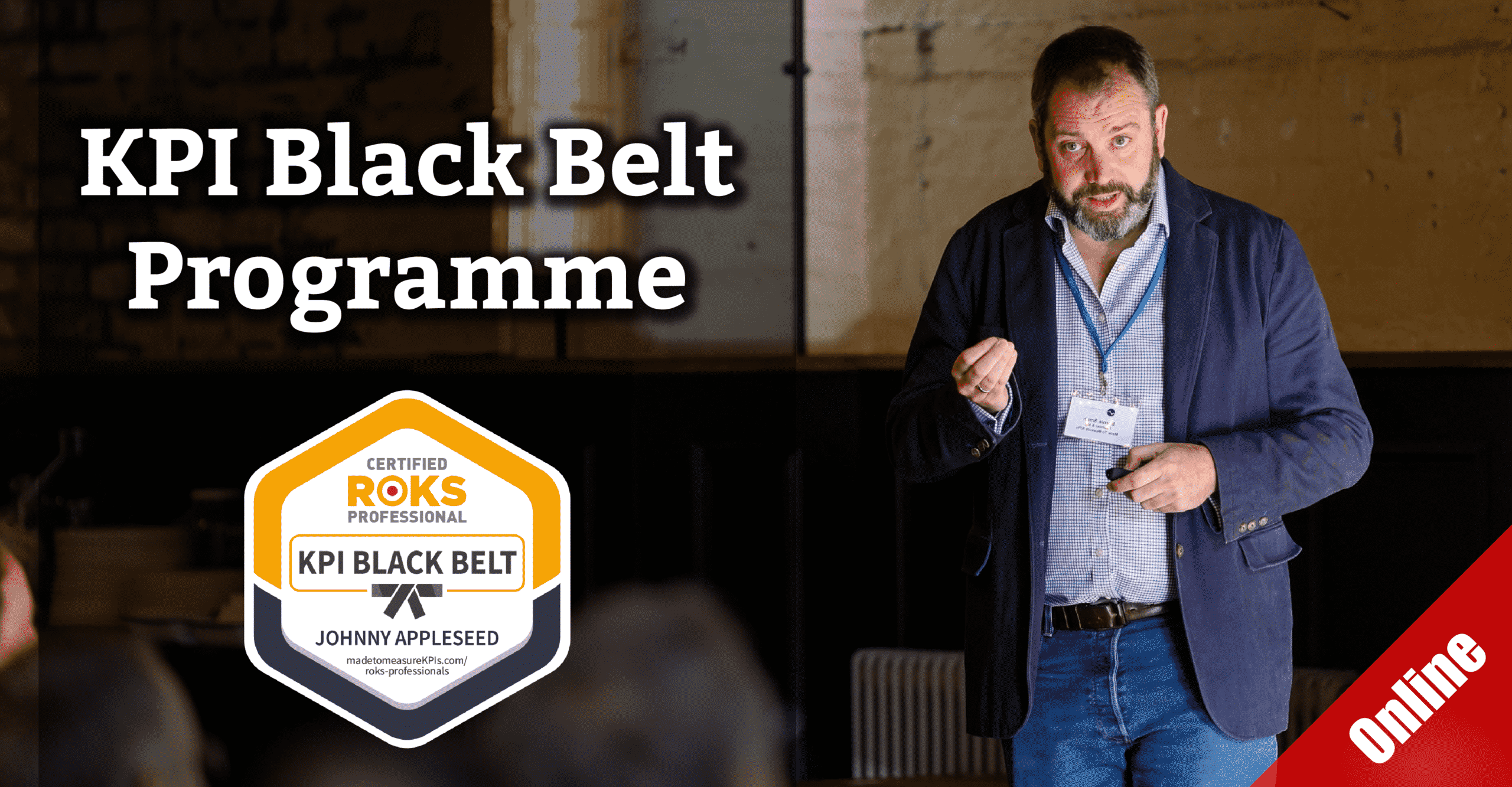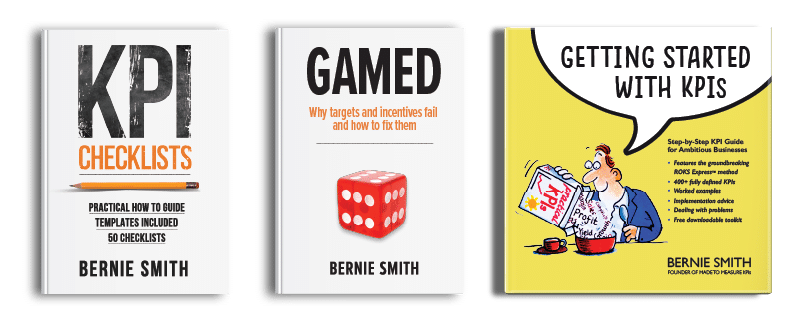How to Make Measurement Drive Real Change

Are Your KPIs Gathering Dust? How to Make Measurement Drive Real Change
We've all been there. Strategic plans with perfectly aligned Key Performance Indicators (KPIs), dashboards brimming with data, reports dutifully produced each month. Yet, despite all this activity, performance doesn't seem to budge, decisions still feel like educated guesses, and improvement remains elusive.
Why is it that having measures isn't automatically translating into better results?
The simple truth is this: simply having performance measures isn't enough; they rarely cause things to get better spontaneously. Measurement isn't just a bureaucratic task or a checkbox exercise. It's a powerful feedback process designed to help organisations understand how they are performing and, crucially, to act on that information to improve. When measures fail to drive performance improvement and decision-making, it's often because the process for selecting, implementing, and, most importantly, using them is broken.
The Symptoms of a Broken Measurement Process
Many common problems prevent measures from fulfilling their purpose. Do any of these sound familiar?
- Meaningless or Misguided Measures: Measures might be vague, confused with initiatives, projects, or activities instead of results, or simply not aligned with the strategy. Sometimes, organisations measure what's easiest to collect, not what truly matters. Brainstorming measures or adopting off-the-shelf sets without tailoring them often leads to a collection of ineffective measures.
- Lack of Ownership and Buy-in: People may not appreciate the need for measures, resist being measured (especially if used for judgement), or simply not feel involved in the process. This can lead to figures being fudged or measures being ignored.
- Reporting Overload and Misinterpretation: Reports can be overwhelming, cluttered, and hard to use, burying insights in data tables and irrelevant graphs. Crucially, people often react to random fluctuations or "noise" in the data, wasting time and resources on non-existent problems, while missing true signals of performance change. Incorrect analysis or calculation methods can also mislead decisions.
- Ad Hoc and Unstructured Processes: Performance measurement is often treated as a series of disconnected activities rather than a systematic process. There might be no clear understanding of who is responsible for what, or the resources and skills needed to perform the activities properly are underestimated. Different groups might even measure the same things in different ways, leading to conflicting versions of the truth.
- Failure to Translate Measures into Action: Perhaps the most critical issue is the lack of a structured approach to using measure results to identify causes of performance gaps and choose effective solutions. Instead of focusing on fundamental process improvement and finding leverage, actions often default to easy fixes, blaming people, or compensating for poor performance rather than addressing root causes. Targets might be set arbitrarily or before understanding baseline performance, leading to frustration and a lack of meaningful pursuit.
Moving Beyond Measurement to Performance Improvement
The path to making KPIs truly drive performance lies in adopting a structured approach that treats performance measurement as a deliberate, systematic process, not an ad hoc activity. This is where the ROKS method (Results Orientated KPI System) comes in.
A systematic ROKS method helps address the problems identified above by providing a roadmap for the entire performance measurement journey, ensuring measures are meaningful, trusted, and actively used to drive improvement. A robust ROKS method guides organisations through steps such as:
1. Clearly Defining Purpose
Start by understanding why performance measurement is needed and what good measurement entails. This sets the stage and builds initial curiosity and confidence.
2. Mapping Measurable Results
Ensure the strategy, goals, or objectives are clearly articulated and truly measurable. Visual tools, such as KPI Trees that show relationships between goals, help clarify what needs measuring.
3. Designing Meaningful Measures
Instead of brainstorming, use a structured technique to design measures that are the best evidence of the desired results. These measures should be quantifiable and specifically defined, detailing exactly how they will be calculated.
4. Building Genuine Buy-in
Engage stakeholders and colleagues in the process of reviewing and providing feedback on the designed measures. True ownership comes from involvement, not just being asked to sign off. Foster a culture where measurement is seen as a tool for learning and improvement, not judgment.
5. Implementing Measures Properly
Define the practical details for bringing measures to life, including data sources, collection methods, and responsibilities. Ensure data integrity and timeliness.
6. Reporting for Insight, Not Just Data
Design performance reports and dashboards that are clear, usable, and answer the key questions: What is performance doing? Why is it doing that? What needs to be done? Using appropriate visuals helps users quickly grasp insights.
7. Interpreting Signals Correctly
Learn to analyse data to distinguish real signals of change from routine variation or noise. This prevents wasted effort on false alarms and ensures attention is paid to true performance shifts. Tools like XmR SmartCharts are powerful for this.
8. Using Measures to Drive Improvement
This crucial step involves using the interpreted signals from measures to facilitate performance improvement. This isn't about blaming people, but about examining business processes. It involves structured conversations to:
- Set sensible targets after defining measures and understanding baselines.
- Prioritise which performance gaps are most important to close.
- Find the root causes of the observed performance signals. Focus on influence, not just direct control.
- Choose high-leverage solutions that fundamentally improve processes rather than just compensating for problems. Aim for practical, not perfect solutions, and iterate.
- Look for signals in the measures to check if the implemented solutions had the desired impact. This links improvement efforts back to the measures.
This systematic approach ensures that measures are not just collected and reported, but are actively used as feedback mechanisms within an ongoing improvement cycle (like Plan-Do-Check-Act). KPIs fit squarely in the "check" step, but they are only valuable if the "plan", "do", and "act" steps are also robust. It requires commitment, resources, and the right skills throughout the organisation.
Don't Just Measure - Act
Having a list of measures or even a dashboard isn't the end goal; it's just the beginning. If your KPIs aren't driving performance improvement or decision-making, the problem likely lies not with the concept of measurement itself, but with the underlying process (or lack thereof) for bringing measures to life and using them effectively.
By implementing a structured Results Orientated KPI System (ROKS), you can move beyond passive measurement to active performance management. This involves deliberately designing how measures are chosen, defined, implemented, reported, interpreted, and used to identify root causes and drive high-leverage solutions to reach targets.
When performance measures are used systematically as tools to understand and improve processes, they become invaluable assets that provide clear focus, accelerate progress, and fundamentally improve the organisation's capability to achieve its goals. It's time to take those dusty KPIs off the shelf and put them to work.











